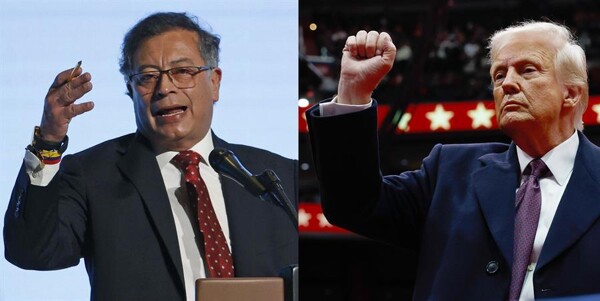
The Federal Open Market Committee of the Federal Reserve (Fed) began its first meeting of the year, marking the start of its activities under the second term of Republican President Donald Trump. During the lead-up to the meeting, markets estimate around a 25% probability of a rate cut by the Fed in March, although a full cut is not anticipated until June.
Markets are particularly attentive to the statements that Fed Chairman Jerome Powell will provide in the press conference following the announcement of the decision. He is expected to adopt a cautious stance to assess the impact of Trump’s initial measures. Since his arrival at the White House, there has been a strong agenda on immigration, with indications of an increase in the detentions of undocumented immigrants by Immigration and Customs Enforcement (ICE).
Erik Weisman, chief economist at investment manager MFS Investment Management, indicated that immigration policies could have an immediate negative effect on the labor force participation rate, with possible consequences for wage and consumer inflation rates. Asset manager Ibercaja Gestión also agrees that no changes in interest rates are expected at this initial meeting of the year.
The Fed's actions will be strongly influenced by the effects of the new Trump Administration's policies on growth, employment, and inflation. In a broader context, the publication of the first calculations of gross domestic product (GDP) for the fourth quarter and the year 2024 by the U.S. Bureau of Economic Analysis is eagerly awaited.
Prior to the meeting, Trump has expressed his desire for an immediate reduction in interest rates, but there is a widespread expectation that they will remain unchanged on this occasion. The effects of the Fed's decisions may be significantly influenced by factors such as labor shortages, geopolitical risks, and potential disruptions in energy supply stemming from conflicts like that between Russia and Ukraine.













